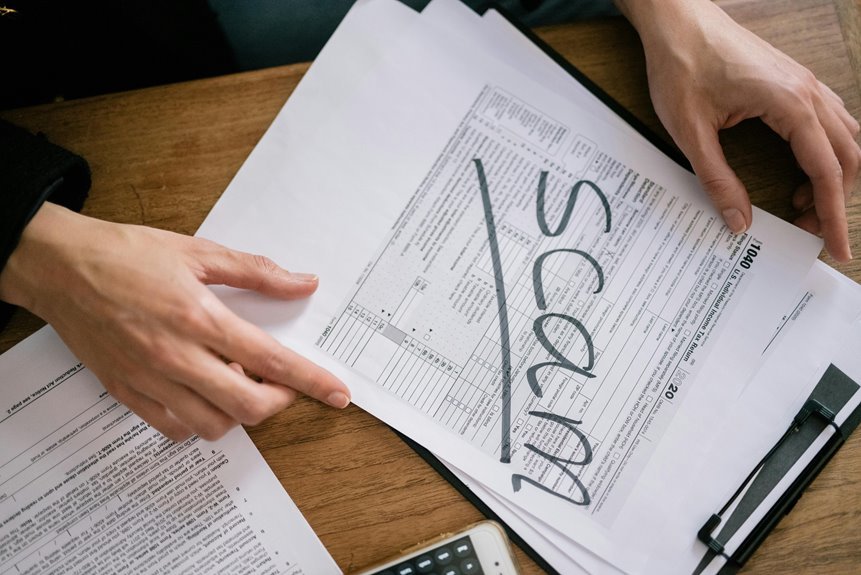The Fraud Caller Hotline Risk Investigation Branch plays a pivotal role in identifying and mitigating fraudulent calls. It systematically investigates suspicious numbers, including 3284369618 and 3664247290, among others. This methodical approach not only enhances caller verification but also reveals patterns in deceptive practices. Understanding the implications of these findings is essential for individuals seeking to protect themselves. What specific measures can be taken to safeguard against such threats?
Understanding the Fraud Caller Hotline Risk Investigation Branch
Although the proliferation of fraud calls has become a pressing issue for consumers and authorities alike, the Fraud Caller Hotline Risk Investigation Branch plays a crucial role in mitigating this threat.
This branch employs systematic methods for fraud prevention, enhancing caller verification processes. By analyzing patterns and trends in fraudulent activity, it effectively safeguards individuals from deception and promotes informed decision-making in telecommunications.
The Importance of Reporting Suspicious Numbers
Reporting suspicious numbers is essential in combating the rise of fraudulent calling schemes, as it enables authorities to track and analyze patterns of deceitful behavior.
Effective reporting methods enhance community awareness, fostering a proactive stance against scammers. By documenting these incidents, individuals contribute to a collective defense, empowering law enforcement to implement targeted strategies and ultimately reduce the prevalence of such malicious activities.
Recognizing Common Scams and Red Flags
How can individuals effectively identify the myriad of scams that plague phone communication today?
By enhancing scam awareness and employing caller identification techniques, individuals can discern suspicious patterns.
Common red flags include unsolicited requests for personal information, urgent language, and offers that seem too good to be true.
Recognizing these indicators is essential for safeguarding personal freedom and mitigating the risks associated with fraudulent calls.
Steps to Protect Yourself From Fraudulent Calls
What proactive measures can individuals take to shield themselves from the pervasive threat of fraudulent calls?
Implementing call blocking features can significantly enhance phone security. Additionally, individuals should register their numbers with national Do Not Call lists and remain vigilant about sharing personal information.
Regularly updating contact settings and utilizing privacy-focused apps further fortifies defenses against unwanted communications, fostering a safer, more autonomous communication environment.
Conclusion
In the intricate web of communication, the Fraud Caller Hotline Risk Investigation Branch serves as a vigilant lighthouse, guiding individuals through treacherous waters of deception. By illuminating the shadows cast by suspicious numbers, it empowers communities to fortify their defenses against fraud. As citizens unite in vigilance, the collective strength becomes a formidable barrier, transforming the tide of misinformation into a clear stream of awareness. Ultimately, awareness and proactive reporting become the anchors in the fight against fraudulent calls.






